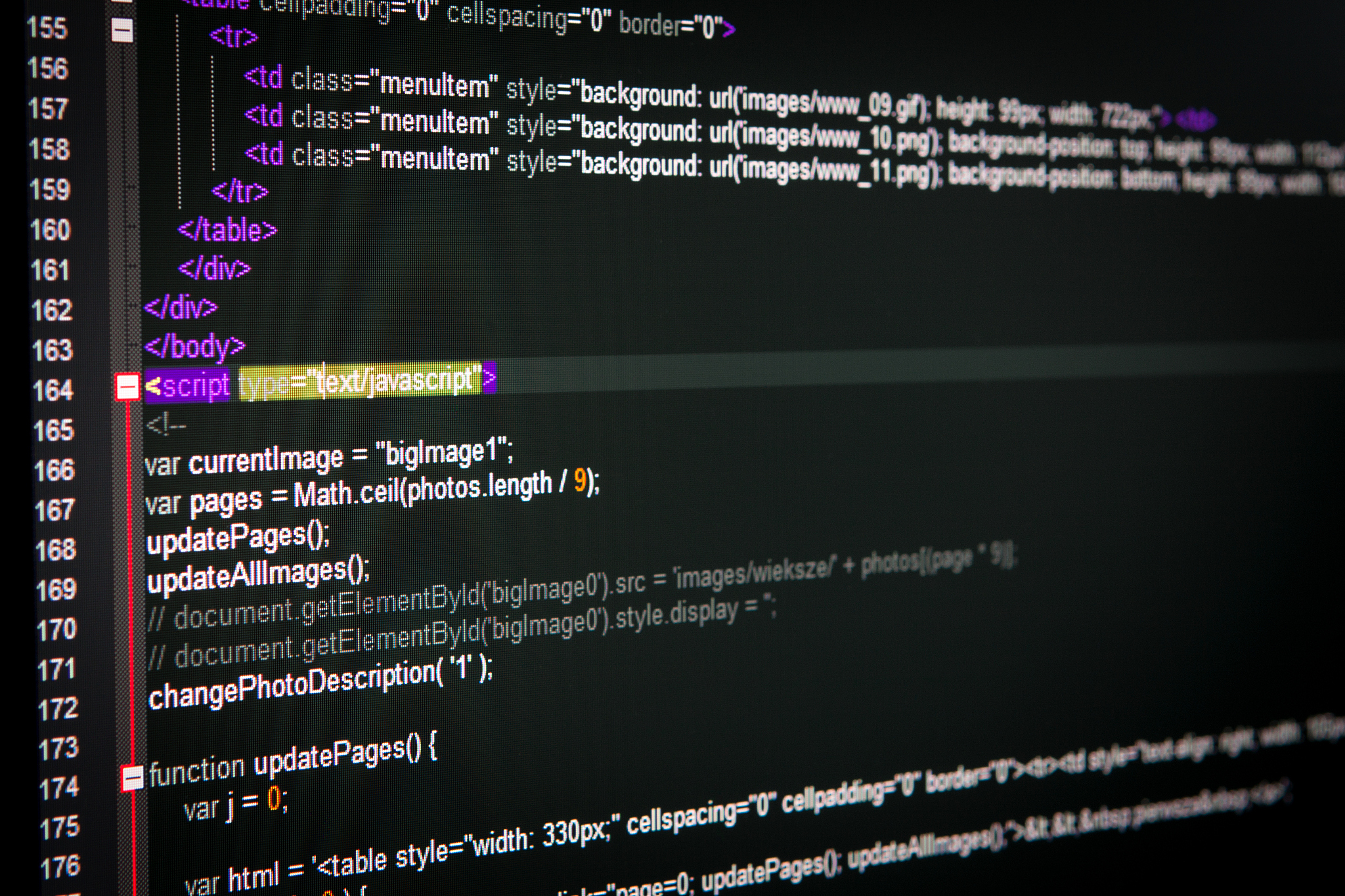Android Studio Java POST 请求实现:字典创建与响应信息获取
以下是一个简单的示例代码,演示如何在 Android Studio 中使用 Java 进行 POST 请求,并打印出响应信息:
import java.io.*;
import java.net.*;
import java.util.*;
public class PostRequest {
public static void main(String[] args) {
try {
// 创建URL对象
URL url = new URL('http://example.com/api');
// 创建URLConnection对象
HttpURLConnection con = (HttpURLConnection) url.openConnection();
con.setRequestMethod('POST');
con.setDoOutput(true);
// 创建请求参数
Map<String, String> params = new HashMap<>();
params.put('name', 'John');
params.put('age', '30');
// 将请求参数转换为字节数组
byte[] postDataBytes = getPostDataBytes(params);
// 设置请求头
con.setRequestProperty('Content-Type', 'application/x-www-form-urlencoded');
con.setRequestProperty('Content-Length', String.valueOf(postDataBytes.length));
// 发送请求
OutputStream out = con.getOutputStream();
out.write(postDataBytes);
out.flush();
out.close();
// 获取响应信息
int responseCode = con.getResponseCode();
String responseMessage = con.getResponseMessage();
InputStream in = con.getInputStream();
BufferedReader reader = new BufferedReader(new InputStreamReader(in));
String line;
StringBuilder response = new StringBuilder();
while ((line = reader.readLine()) != null) {
response.append(line);
}
reader.close();
con.disconnect();
// 输出响应信息
System.out.println('Response code: ' + responseCode);
System.out.println('Response message: ' + responseMessage);
System.out.println('Response body: ' + response.toString());
} catch (Exception e) {
e.printStackTrace();
}
}
private static byte[] getPostDataBytes(Map<String, String> params) throws UnsupportedEncodingException {
StringBuilder postData = new StringBuilder();
for (Map.Entry<String, String> param : params.entrySet()) {
if (postData.length() != 0) postData.append('&');
postData.append(URLEncoder.encode(param.getKey(), 'UTF-8'));
postData.append('=');
postData.append(URLEncoder.encode(param.getValue(), 'UTF-8'));
}
return postData.toString().getBytes('UTF-8');
}
}
在这个代码中,我们首先创建了一个URL对象,然后通过它创建了一个HttpURLConnection对象。我们将请求方法设置为POST,并将setDoOutput属性设置为true,这样我们就可以向服务器发送请求参数。
接着,我们创建了一个包含请求参数的Map对象,并将其转换为字节数组。我们还设置了请求头的Content-Type和Content-Length属性。
然后,我们通过HttpURLConnection对象的getOutputStream方法获取输出流,并将请求参数发送给服务器。
最后,我们获取响应信息,并使用BufferedReader对象读取响应体。我们将响应体的内容存储在StringBuilder对象中,并在控制台上打印出响应码、响应消息和响应体。
请注意,此示例代码中的URL和请求参数是虚构的,您需要将它们替换为您自己的URL和参数。

原文地址: https://www.cveoy.top/t/topic/m0f9 著作权归作者所有。请勿转载和采集!